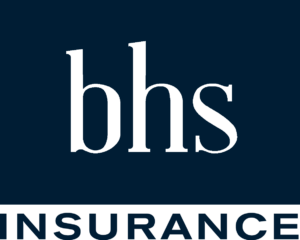LOOKING TO SPONSOR THIS WEB PAGE?
PLEASE EMAIL DENISE@MICHSAFETYCONFERENCE.ORG
Sponsorship is $200.00 and non-exclusive
Tuesday, April 15, 2025
10:15 am – 11:15 am
Using Emotional Intelligence to Enhance Your Safety Impact (Intermediate)
Michael L. Eckert, CSP, CSHM, CAWC, Vice President, Risk Services, Guy Hurley Insurance and Surety Services
Safety professionals often struggle with how to message and motivate organizational safety growth, even in organizations with highly motivated and intelligent teammates. This interactive presentation will identify strategies for the safety professional to use to boost the effect of their safety efforts.
Program details will be available in the late fall
Speaker
Program Description.
Program details will be available in the late fall
Speaker
Program Description.
3:30 pm – 4:30 pm
Program details will be available in the late fall
Speaker
Program Description.
Wednesday, April 16, 2025
9:00 am – 10:00 am
Program details will be available in the late fall
Speaker
Program Description.
10:15 am – 11:15 pm
Program details will be available in the late fall
Speaker
Program Description.
11:30 am – 12:30 pm
Program details will be available in the late fall
Speaker
Program Description.
1:45 pm – 2:45 pm
Program details will be available in the late fall
Speaker
Program Description.
3:00 pm – 4:00 pm
Program details will be available in the late fall
Speaker
Program Description.
Division Members
Chairperson
Rich DeLeau, MSB, CHST, CAWC
BHS Insurance Agency, Inc.
Vice-Chairperson
Bob Schneider
Peoplelink Group
Secretary
Zach Mikulec, GSP
Kendrick Plastics
Kellie Anderson, CPCU, ARM, AIM
The Cincinnati Insurance Companies
Gary Boyer, CSP
The Cincinnati Insurance Companies
Mary Kamsickas, CSP, CFPS, CPCU, ARM
Hanover Insurance Group
Matt Kempf
Newaygo Insurance Agency
Eric Krieger, CSP, MBA
TriCoast Advisors
Karen Satterfield, CSP
Citizens Insurance Company
Michelle Trudell
SuperiorX Investigations


